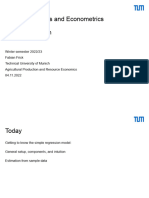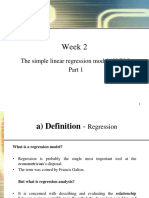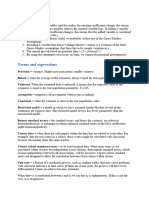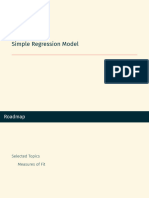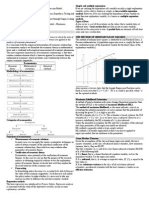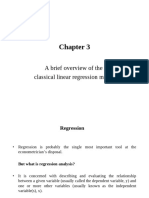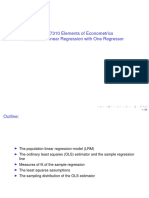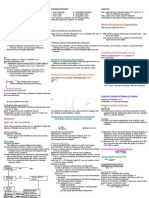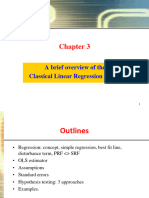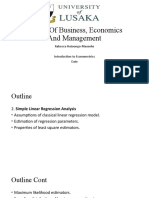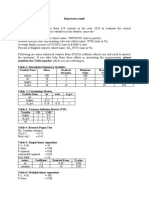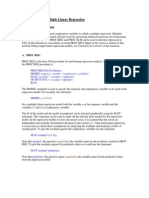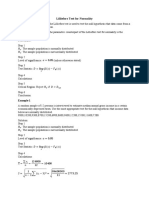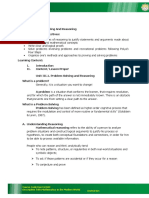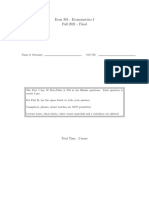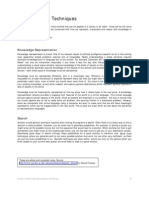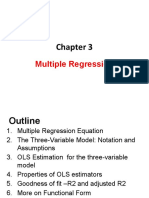0% found this document useful (0 votes)
61 views113 pagesBRM - L4,5 - Linear Regression
This document discusses linear regression using cross-sectional data. It describes the three main types of data used in econometrics: time series data, cross-sectional data, and panel/pooled/longitudinal data. The lecture focuses on using cross-sectional data in linear regression analysis. It also outlines the key assumptions required for ordinary least squares (OLS) regression, including that the error terms have zero mean and constant variance, and are uncorrelated with the independent variables.
Uploaded by
NusratJahanHeabaCopyright
© © All Rights Reserved
We take content rights seriously. If you suspect this is your content, claim it here.
Available Formats
Download as PPTX, PDF, TXT or read online on Scribd
0% found this document useful (0 votes)
61 views113 pagesBRM - L4,5 - Linear Regression
This document discusses linear regression using cross-sectional data. It describes the three main types of data used in econometrics: time series data, cross-sectional data, and panel/pooled/longitudinal data. The lecture focuses on using cross-sectional data in linear regression analysis. It also outlines the key assumptions required for ordinary least squares (OLS) regression, including that the error terms have zero mean and constant variance, and are uncorrelated with the independent variables.
Uploaded by
NusratJahanHeabaCopyright
© © All Rights Reserved
We take content rights seriously. If you suspect this is your content, claim it here.
Available Formats
Download as PPTX, PDF, TXT or read online on Scribd
/ 113


